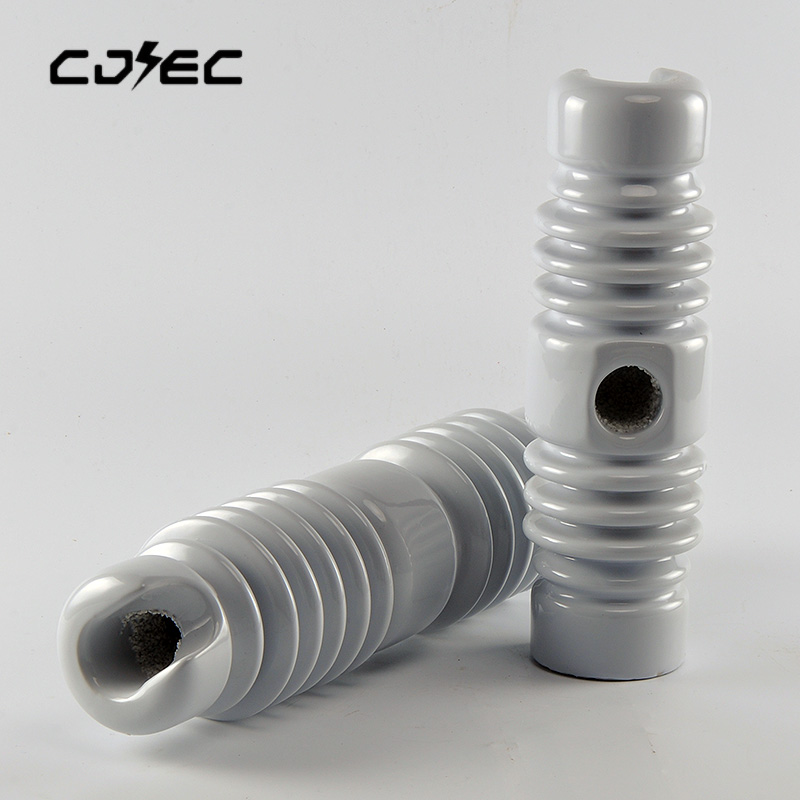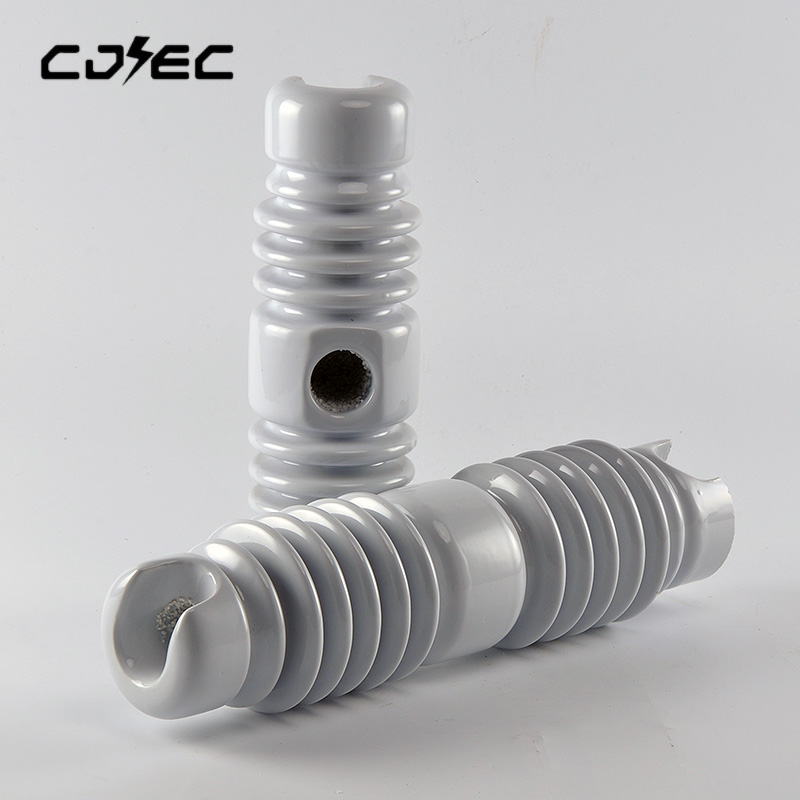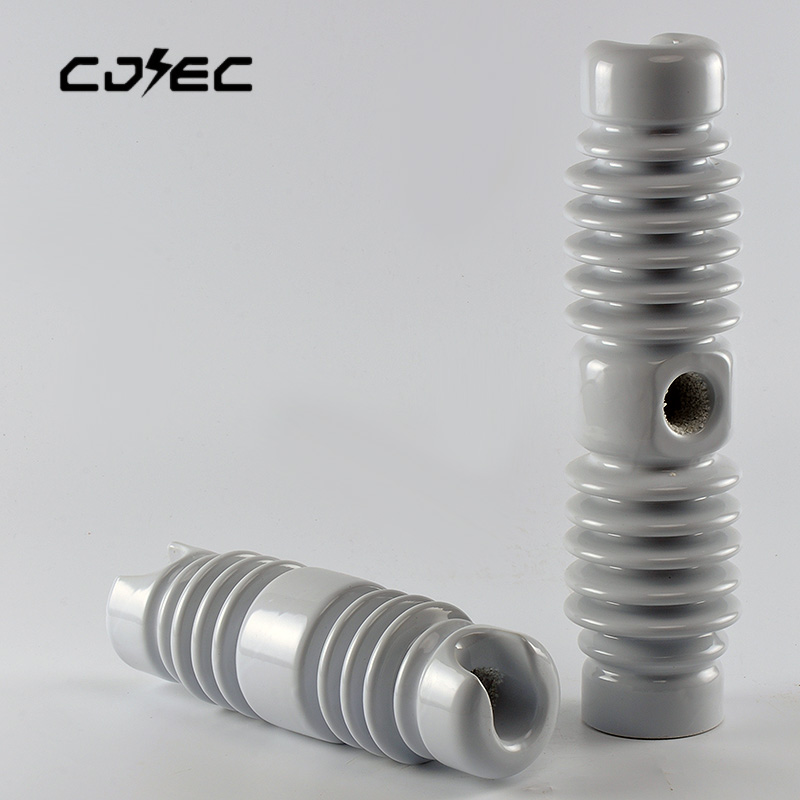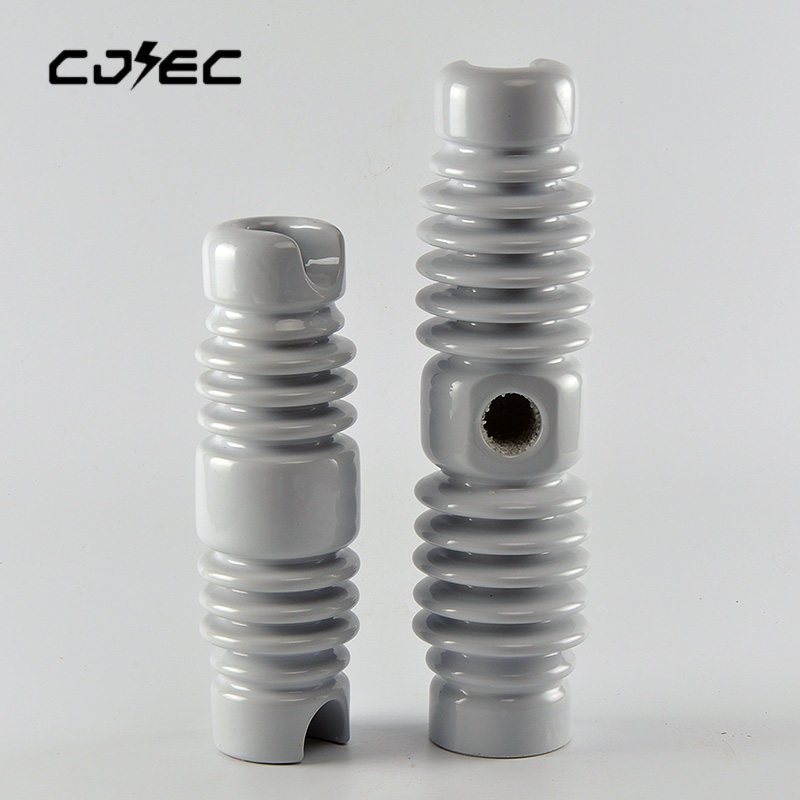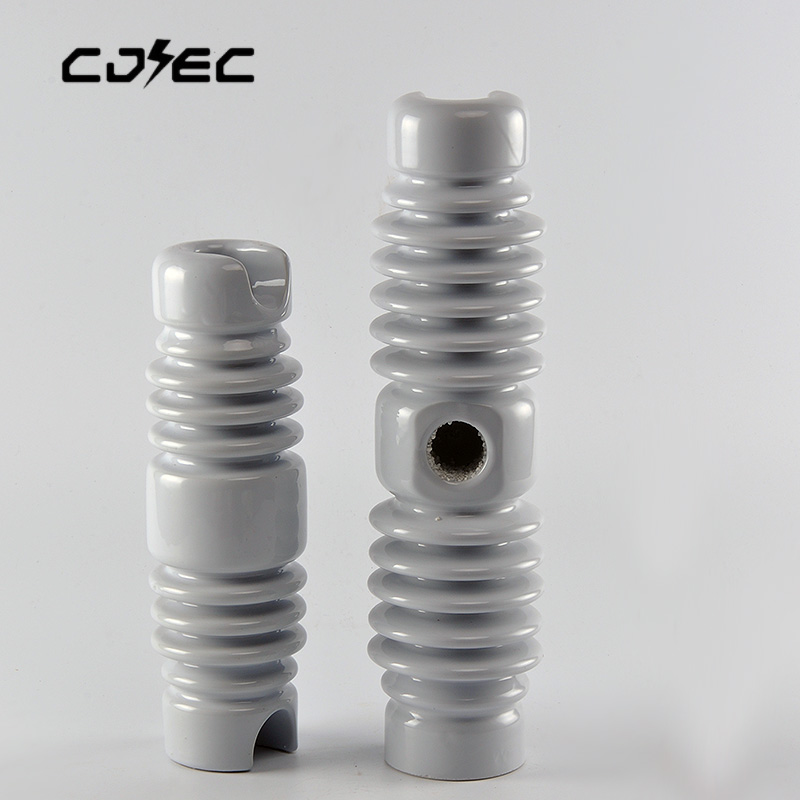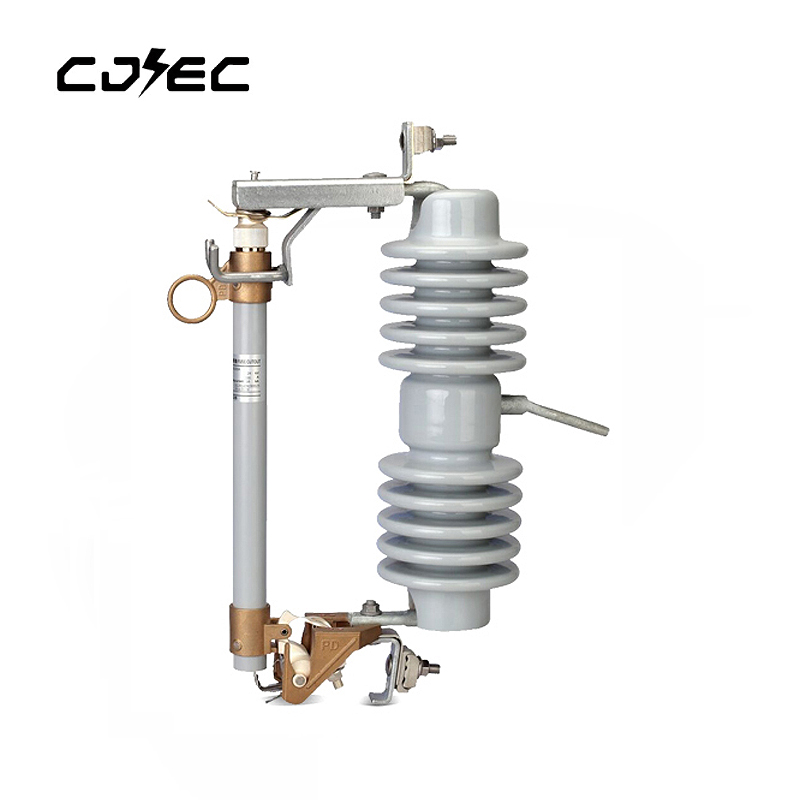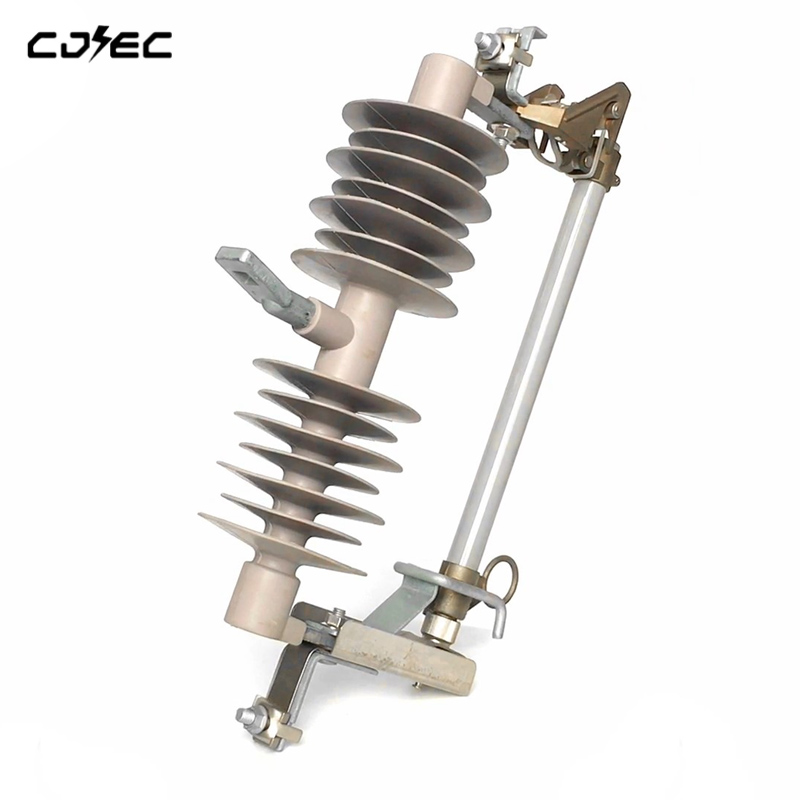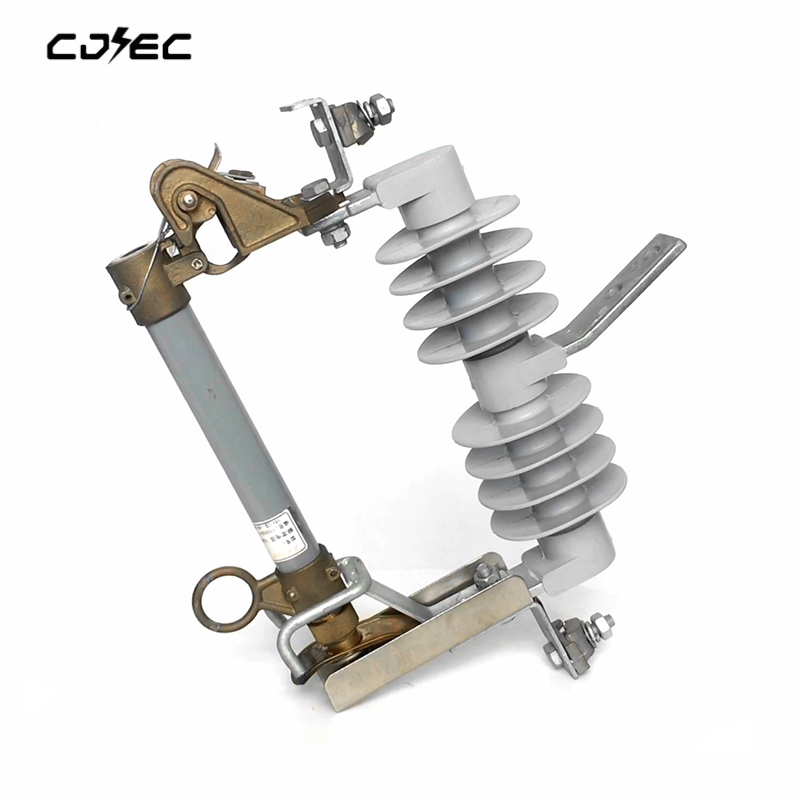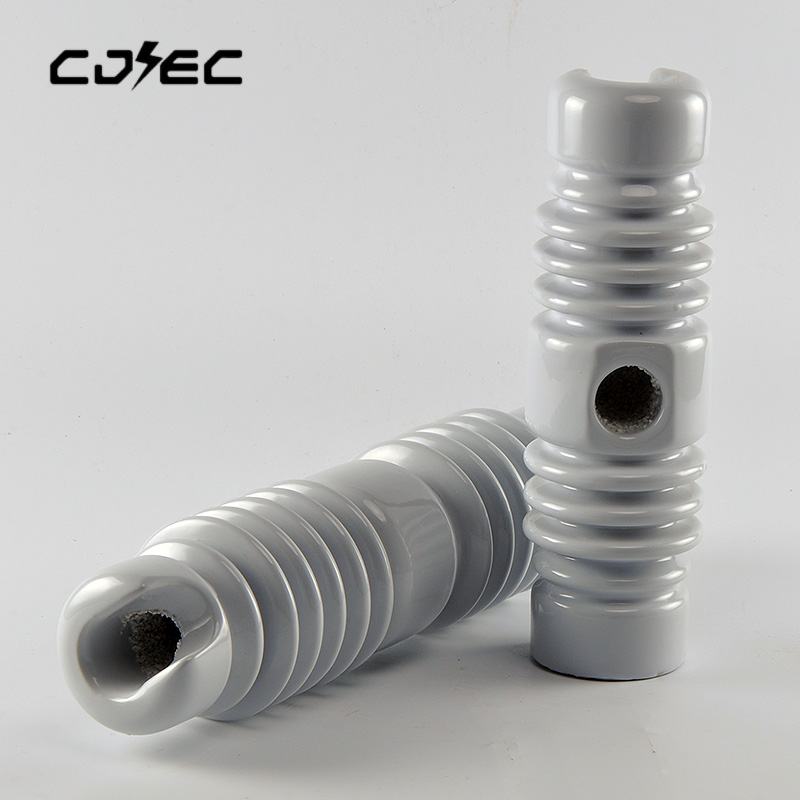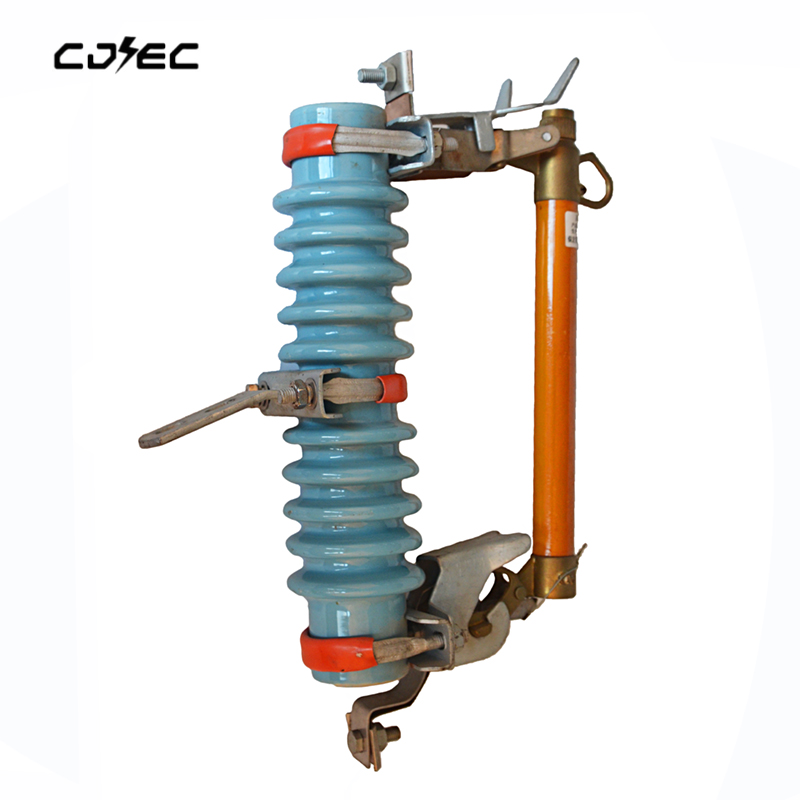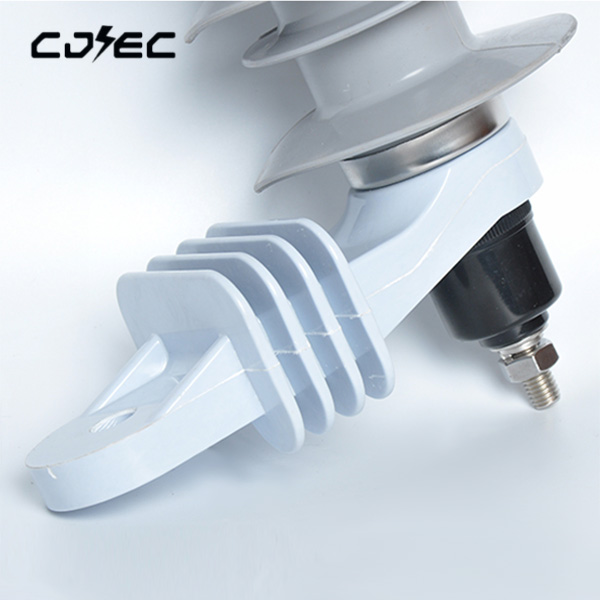Fuse Cut-out Bushing Insulator
Video
Product Definition
A bushing is a hollow electrical insulator that allows an electrical conductor to pass safely through a conducting barrier such as the case of a transformer or circuit breaker without making electrical contact with it.Our manufacturer can produce the porcelain bushing as per the DIN standards and ANSI Standards.
DIN standard transformer bushing there are low volatge parts accessoires and high voltage part to compose.Low voltage parts we usually named DT1/250A,DT1/630A,DT1/1000A.
High voltage part we usually name as 10NF250A,10NF630A,20NF250A,30NF250A.
ANSI standard transformer bushing there are also many types ,like ANSI Standard 1.2kV threaded secondary transformer bushing,ANSI standard 15kV threaded primary transformer bushing.
Power fittings are metal accessories that connect and combine various devices in the power system and play a role in transmitting mechanical load, electrical load and some protection.
The suspension clamp is primarily used to fix conductors to insulator string or hang lighting conductor s on straightline towers. Moveover, it also can be used for transposition towers to support transposition conductors and tension towers or angle poles to fix the jumper wires.
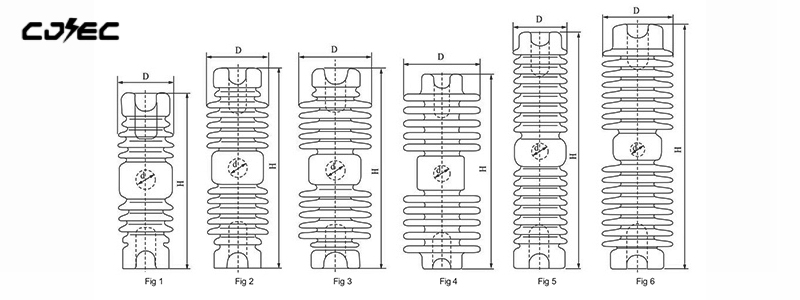
| Fuse Porcelain bushing(IEC ANSIAS) | ||||||||||||||||
| Figure no | 72101 | 72102 | 72103 | 72201 | 72202 | 72203 | 72204 | 72205 | 72206 | 72207 | 72208 | 72209 | 72210 | 722301 | 722302 | |
| Cat.No. | 1 | 1 | 1 | 2 | 2 | 2 | 2 | 3 | 4 | 5 | 4 | 4 | 4 | 6 | 6 | |
| Main Dimension | ||||||||||||||||
| Diameter(D) | mm | 287 | 287 | 287 | 376 | 375 | 376 | 376 | 376 | 375 | 467 | 376 | 365 | 375 | 467 | 467 |
| Diameter(d) | mm | 87 | 90 | 105 | 90 | 96 | 87 | 102 | 131 | 129 | 96 | 127 | 150 | 155 | 130 | 121 |
| Height | mm | 32 | 32 | 32 | 32 | 35 | 32 | 35 | 35 | 32 | 32 | 32 | 35 | 35 | 35 | 32 |
| Creepage distance | mm | 220 | 240 | 255 | 300 | 340 | 280 | 360 | 470 | 460 | 432 | 450 | 500 | 550 | 660 | 660 |
| Electrical Values | ||||||||||||||||
| Voltage class | kv | 15 | 15 | 15 | 25 | 25 | 25 | 25 | 24/27 | 24/27 | 25/27 | 24/27 | 24/27 | 25/27 | 33/36 | 33/36 |
| Cantilever strength | kv | 18 | 18 | 20 | 10/12.5 | 10 | 10 | 10 | 10 | 10 | 6.8/10 | 10 | 10 | 10 | 6.8/10 | 6.8/10 |
| Packing and Shipping Data | ||||||||||||||||
| Net weight,approximate | kg | 2.6 | 2.8 | 3.2 | 3.5 | 3.7 | 3.4 | 3.9 | 5.8 | 6.0 | 5.2 | 5.8 | 6.5 | 6.9 | 7.5 | 7.5 |
| Shed number | 8 | 8 | 8 | 12 | 12 | 12 | 12 | 12 | 10 | 17 | 10 | 10 | 10 | 16 | 16 | |
Products Use
A bushing must be designed to withstand the electrical field strength produced in the insulation, when any earthed material is present. As the strength of the electrical field increases, leakage paths may develop within the insulation. If the energy of the leakage path overcomes the dielectric strength of the insulation, it may puncture the insulation and allow the electrical energy to conduct to the nearest earthed material causing burning and arcing.
Insulated bushings can be installed either indoor, or outdoor, and the selection of insulation will be determined by the location of the installation and the electrical service duty on the bushing.


